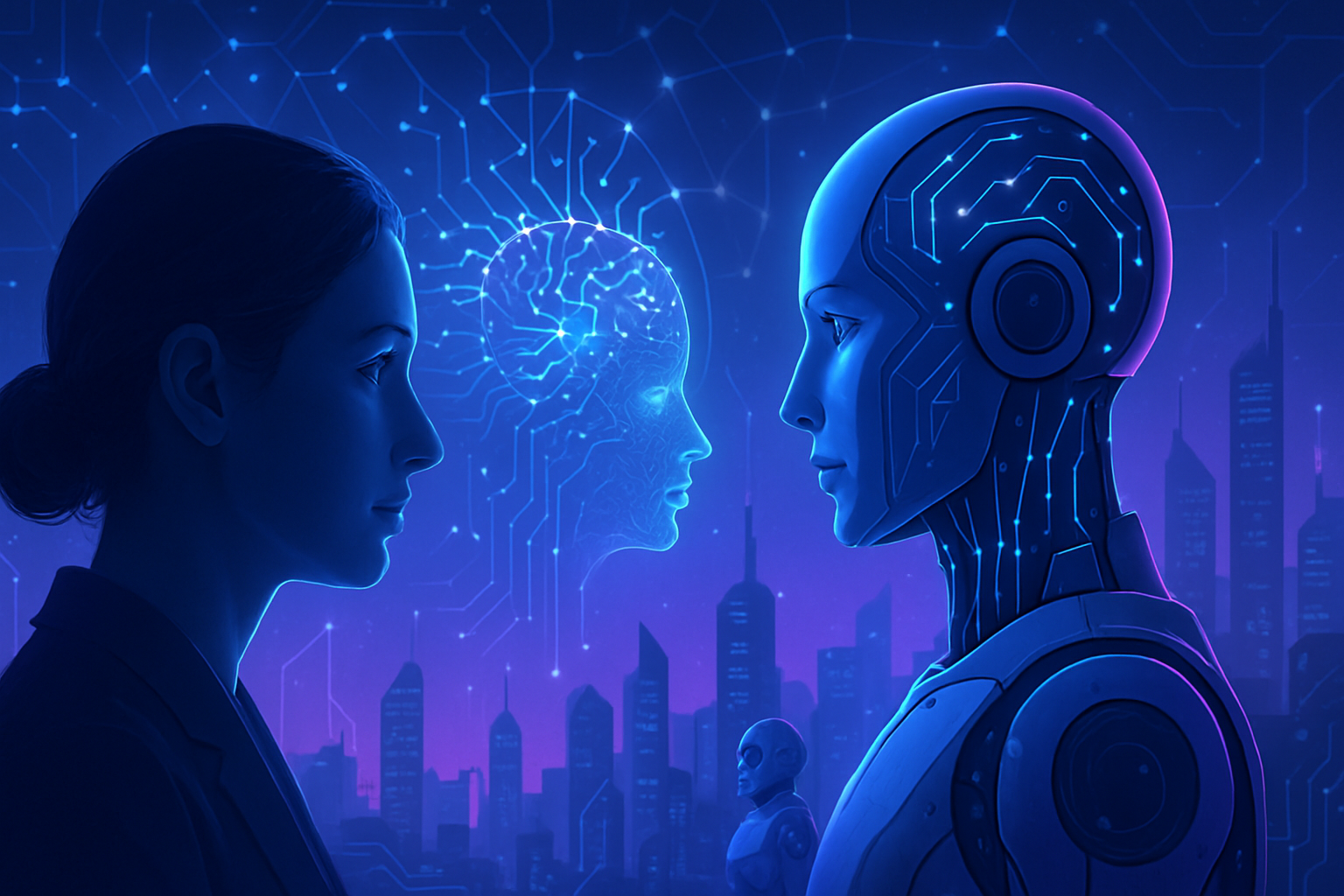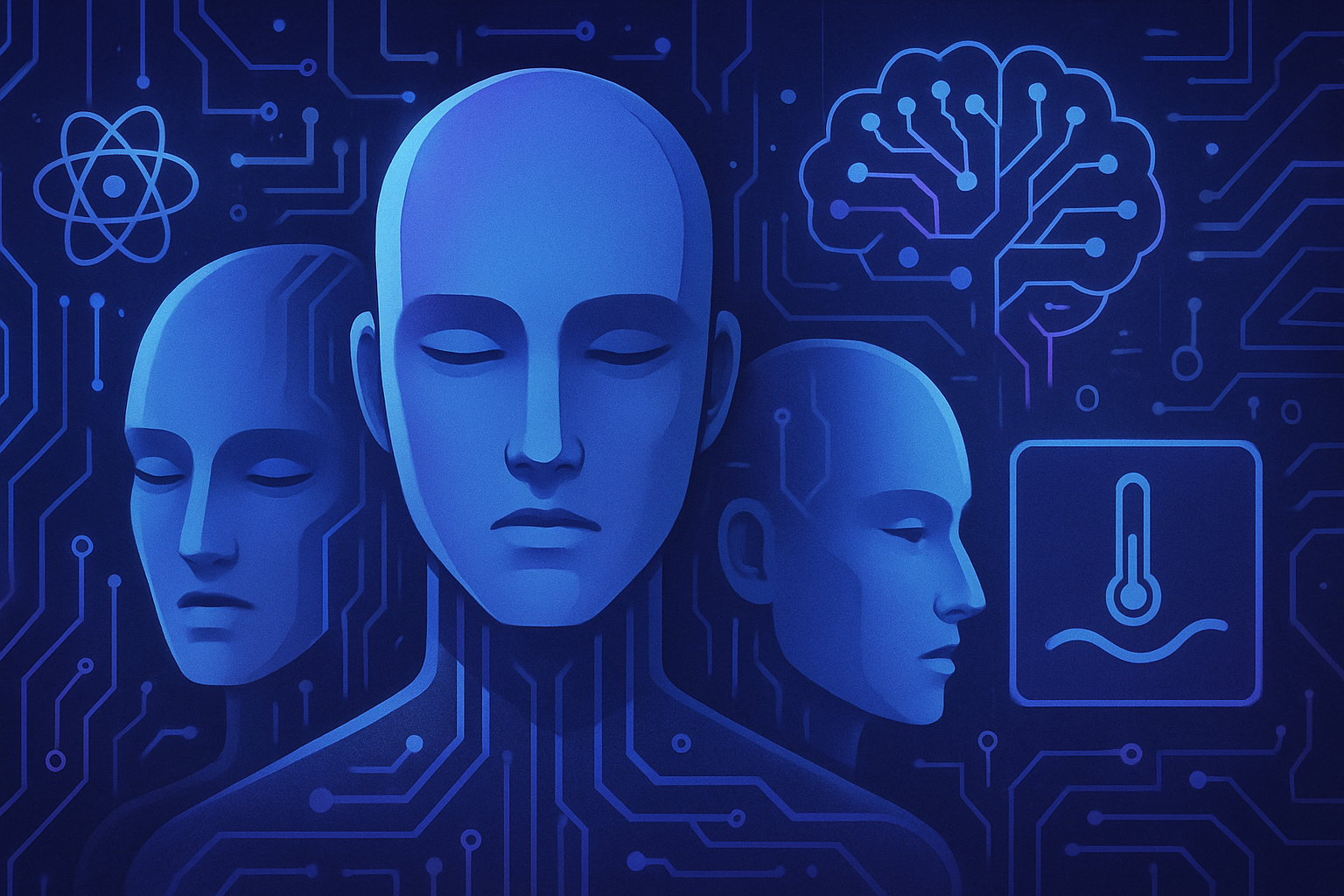Niantic, at the forefront of technological innovation, is poised to revolutionize the field of AI by developing a geospatial intelligence model. This bold project relies on the use of data from *Pokémon Go* players, transforming each interaction into a powerful data set. With this model, Niantic aims to provide an unprecedented understanding and interaction with the world around us through advanced neural networks. By leveraging enriched mapping from a pedestrian perspective, the company redefines the contours of the user experience while integrating a previously unseen immersive potential.
Niantic’s Geospatial AI Model
Niantic, the company behind Pokémon Go, is developing a geospatial artificial intelligence model (LGM) based on millions of scans carried out by users of its applications. This ambitious project aims to transform the way computers and robots interact with the world. With the accumulated data, Niantic intends to propel spatial intelligence to a new level.
Visual Positioning System
The LGM model is based on the neural networks established within Niantic’s Visual Positioning System (VPS). This system uses a single image from a smartphone to determine the position and orientation of the device. The architecture of the VPS has been nourished by data collected over five years, from players who explored points of interest with their devices.
Unique Data Sources
The data used to train this model is of a distinctive nature. The scans come from a pedestrian perspective, generating 3D maps that include areas often inaccessible to vehicles. This gives invaluable informational richness to the geospatial model developed by Niantic.
Potential Applications of AI
The practical applications of this AI model are vast. Victor Prisacariu, the chief scientist at Niantic, emphasizes that the data provided by users during their gaming sessions allows for the creation of high-fidelity 3D maps. These maps integrate not only three-dimensional geometry but also a semantic understanding that characterizes the map content, such as ground, sky, or trees.
Impact on Augmented Reality
The LGM model could revolutionize augmented reality experiences. By facilitating a deep understanding of physical environments, this technological advancement could enrich geospatial applications and improve the interaction between the user and their environment.
Data Collection Perspectives
Users of Niantic games, particularly those of Pokémon Go, likely did not anticipate that their data would be used to fuel such an innovative AI product. Player contributions are essential for training the LGM, thus broadening the scope of potential uses for this data.
Ethics and Concerns
The collection and use of this data raise ethical questions. The exploitation of information generated by users may raise concerns regarding privacy and security. It is imperative to implement clear policies to reassure users about the use of their data.
User FAQ on Niantic’s Geospatial AI Model
What is the geospatial model developed by Niantic?
The geospatial model is a new initiative from Niantic that uses data collected from Pokémon Go players’ smartphones to create an advanced spatial understanding of the environment, enabling computers and robots to interact with the world in an innovative way.
How does Niantic obtain the necessary data to develop this model?
Niantic collects millions of scans performed by users during their gameplay experience in Pokémon Go and other products, which form the database for the development of this geospatial model.
How is the model’s spatial intelligence different from current systems?
The model’s spatial intelligence is based on neural networks developed from Niantic’s Visual Positioning System, providing a unique pedestrian perspective and data sourced from locations typically inaccessible to vehicles.
What types of data are used to create Niantic’s 3D maps?
The 3D maps are created from geometric data and a semantic understanding of the elements present on the maps, such as the ground, sky, or trees, thus enriching the user experience.
What applications might arise from Niantic’s geospatial model?
The geospatial model could potentially power innovative applications, including augmented reality technologies and applications that facilitate robot interaction with the environment, which could have applications across various fields, both commercial and military.
Are user data protected during this process?
Niantic follows data protection and privacy policies to ensure that personal information from users is secured during data collection and use.
What do player scans mean for the future of games like Pokémon Go?
Player scans provide an essential database for enhancing gaming experiences, making augmented reality environments more interactive and realistic for users by optimizing pathways and interactions within the game.





